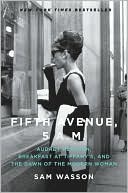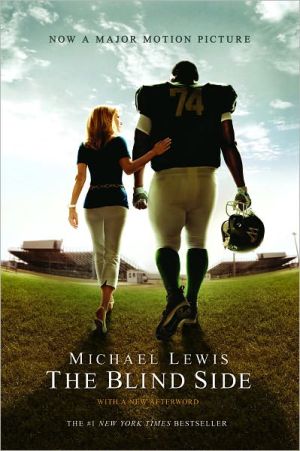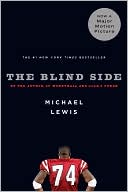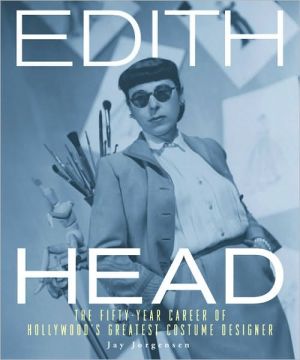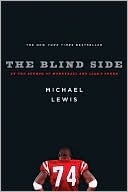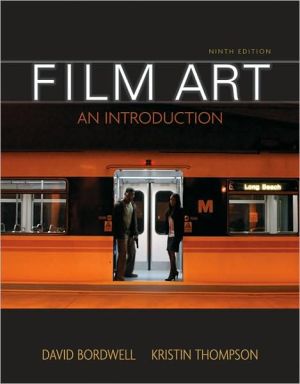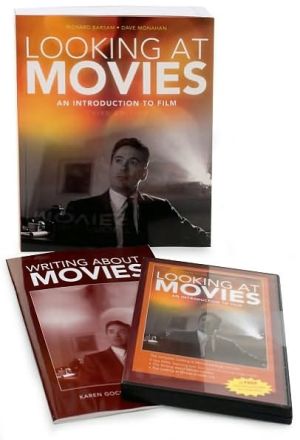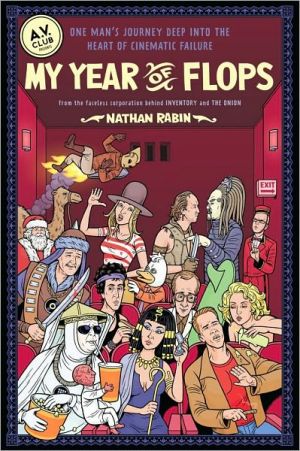Flashback: A Brief Film History
Consolidating major figures and film movements into their decade of greatest influence or prestige, this “no-nonsense” book offers a generously illustrated, concise, and very readable history of fiction movies with an emphasis on American cinema. Eclectic in methodology and written in a plain English style that audiences can relate to, it examines the full scope of traditional film history and criticism, viewing film as both an art and an industry— as it mirrors popular audience values,...
Search in google:
Consolidating major figures and film movements into their decade of greatest influence or prestige, this “no-nonsense” book offers a generously illustrated, concise, and very readable history of fiction movies with an emphasis on American cinema. Eclectic in methodology and written in a plain English style that audiences can relate to, it examines the full scope of traditional film history and criticism, viewing film as both an art and an industry— as it mirrors popular audience values, social ideologies, and historical epochs. Booknews A history of cinema, emphasizing American cinema, chock-full of b&w photos from films. Chapters explore American, European and international cinema by decades, the Hollywood studio system, new genres and technological advances, societal influences, and major filmmakers. Includes chapter timelines, descriptions of representative films, and a glossary. Annotation c. Book News, Inc., Portland, OR (booknews.com)
PREFACE: \ Preface\ WE SET OUT TO WRITE A REALLY BRIEF BOOK. Just the basics, no frills. After considerable deliberation, we finally decided on a mechanical form of organization by decade. We then proceeded to cheat left and right, cramming major figures and film movements into their decade of greatest influence or prestige. Here, then, is a bare-bones history of fiction movies, copiously illustrated with photos, many of them rarely reprinted. Since this book was written primarily with an American audience in mind, we have emphasized the American cinema. Eclectic in our methodology, we have adhered to a broad consensus tradition of film history and criticism; except for a humanist bias, we have had no theoretical axes to grind. Nor have we attempted to dazzle the reader with a fresh array of jargon; the text is in plain English, with essential terms in boldface to indicate that they are defined in the glossary. Our main concern has been with film as art, but when appropriate we also discuss film as industry and as a reflection of popular audience values, social ideologies, and historical epochs. History books are filled with value judgments, and this one is no exception. We have not hesitated to call a bomb a bomb. On the whole, however, our attitude has been similar to that of Andre Breton, the founder of the surrealist movement, who said, "The cinema? Three cheers for darkened rooms."\ Acknowledgments\ We gratefully acknowledge the input received from the following reviewers of the manuscript: Marilyn K. Ackerman, Foot Hill College; Susan Scrivner, Bemidji State University; Jack Riggs, Dekalb College-Gwinnett Campus; and Davis A. March,Rowan Cabarrus Community College.\ Others who have helped us include Jonathan Forman of Cleveland Cinemas; Dave Wittkowsky of the Cleveland Film Society and International Film Festival; and the CWRU Observer. Mary Araneo performed her customary miracles in her layout design, Lisa Sloane went beyond the call of duty in designing the cover, and Phil Miller of Prentice Hall expedited matters by being sane and rational. We thank them all.\ LOUIS GIANNETTI\ SCOTT EYMAN
Preface1. Beginnings. 2. Griffith and His Contemporaries: 1908—1920. 3. American Cinema in the 1920s.Major FilmmakersTalkies 4. European Cinema in the 1920s.Soviet UnionGermanyFrance 5. The Hollywood Studio System: 1925-1955The Box OfficeThe Studio SystemThe Star SystemThe System of Genres 6. American Cinema in the 1930s.The Talkie EraNew Genres: Gangster Pictures, Musicals, Screwball ComedyMajor Filmmakers 7. European Cinema in the 1930s.GermanyGreat BritianFrance 8. American Cinema in the 1940s.Decline of the Studio SystemWorld War IIMajor FilmmakersFilm Noir and Postwar Realism 9. European Cinema in the 1940s.GermanyFranceSoviet UnionGreat BritianItaly10. American Cinema in the 1950s.New ScreensThe Red ScareSocial RealismMethod ActingMajor Filmmakers11. International Cinema in the 1950s.JapanIngmar BergmanFederico FelliniFrance12. American Cinema in the 1960s.The Bloated EraMajor FilmmakersNew Directions13. International Cinema in the 1960s.FranceGreat BritianItalyEastern Europe14. American Cinema in the 1970s.The Vietnam-Watergate EraThe New CinemaMajor Figures15. International Cinema in the 1970s.Great BritianFranceWest GermanyItalyEastern EuropeAustraliaThe Third World16. American Cinema in the 1980s.Technology and the MarketplaceThe Reagan EraThe MainstreamThe Mavericks17. International Cinema in the 1980s.Great BritianWestern EuropeU.S.S.R. and Eastern EuropeThe Third WorldJapan18. American Cinema in the 1990s.The Hollywood StudiosThe Bright SideMajor FilmmakersThe Independent Cinema19. International Cinema in the 1990s.Hollywood Uber AllesGreat BritianIrelandContinental EuropeEmerging CinemasAustralia and New Zealand20. American Cinema Since 2000.Major FiguresEmerging Artists21. International Cinema Since 2000.EuropeIslamic CinemaHong Kong/China, and JapanUnited StatesLatin AmericaGlossaryIndexGlossary.Index.
\ BooknewsA history of cinema, emphasizing American cinema, chock-full of b&w photos from films. Chapters explore American, European and international cinema by decades, the Hollywood studio system, new genres and technological advances, societal influences, and major filmmakers. Includes chapter timelines, descriptions of representative films, and a glossary. Annotation c. Book News, Inc., Portland, OR (booknews.com)\ \

